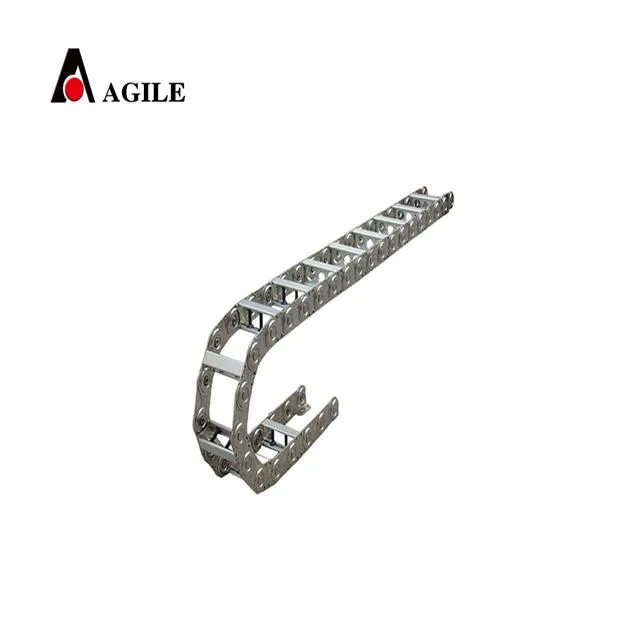electrical cable carrier
Understanding Electrical Cable Carriers A Comprehensive Overview
Electrical cable carriers, also known as cable tracks, cable management systems, or drag chains, play a crucial role in modern industrial and construction settings. Their primary purpose is to organize and protect electrical cables and hoses in motion, ensuring safety, efficiency, and reliability across various applications. In this article, we will explore the importance, types, and benefits of electrical cable carriers.
Importance of Electrical Cable Carriers
In environments where machinery is in constant motion, cables are at risk of being twisted, crushed, or damaged. This not only endangers the operational integrity of the electrical systems but can also lead to costly downtime and maintenance. Electrical cable carriers mitigate these risks by providing a defined pathway for cables and hoses, allowing for smooth and predictable movement. By keeping cables organized and free from tangling, these carriers enhance the safety of work environments and contribute to the longevity of electrical systems.
Types of Electrical Cable Carriers
Electrical cable carriers come in various designs and materials, each tailored to meet specific requirements of different industries
1. Plastic Cable Carriers Lightweight and resistant to corrosion, plastic cable carriers are commonly used in clean environments such as machining equipment and robotics. They offer excellent flexibility and can be easily customized to fit various applications.
2. Steel Cable Carriers For heavy-duty applications involving high loads and temperatures, steel cable carriers provide superior strength and durability. They are often used in industries like manufacturing, where reliability under strain is critical.
3. Aluminum Cable Carriers Combining the benefits of plastic and steel, aluminum carriers are both lightweight and strong. They are often used in applications that require frequent movements and bending.
4. Specialized Carriers Some industries may require custom solutions, such as carriers designed for extreme temperatures, chemical resistance, or handling high voltages. Manufacturers often provide tailored designs to meet these unique needs.
electrical cable carrier

Benefits of Using Electrical Cable Carriers
The adoption of electrical cable carriers comes with numerous advantages
- Enhanced Safety By organizing cables and hoses, these systems prevent tripping hazards and reduce the risk of accidents. Properly managed cables are less likely to be damaged, leading to fewer electrical failures.
- Improved Efficiency Cable carriers allow for smoother movements of machinery, reducing wear and tear on cables. This leads to fewer interruptions in operation and higher overall efficiency.
- Cost Savings Investing in cable carriers can yield significant long-term savings by reducing maintenance costs, preventing frequent replacements of damaged cables, and minimizing downtime.
- Ease of Installation and Maintenance Modern electrical cable carriers are designed for quick installation, and maintenance is generally straightforward. This ease of use can save valuable time during the setup of machinery or systems.
- Aesthetic Orderliness In any workspace, visual order can enhance productivity. Electrical cable carriers contribute to a tidy environment, where cables are neatly organized and out of the way.
Conclusion
As industries continue to evolve and technologies advance, the importance of efficient cable management solutions cannot be overstated. Electrical cable carriers are integral components of this strategy, providing safety, efficiency, and organization for electrical systems in motion. With a variety of materials and designs available, businesses can select the best solutions to meet their specific needs. By investing in quality cable carriers, companies can enhance their operational reliability and ensure the longevity of their electrical systems. In a world where efficiency and safety are paramount, electrical cable carriers stand out as essential tools for modern industry.








